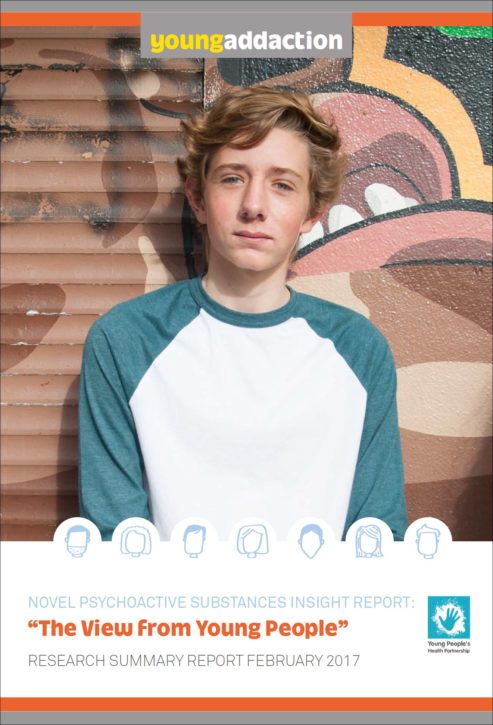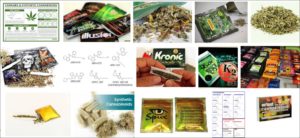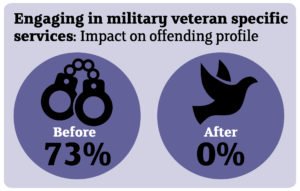More than 60% have tried NPS
Over 1,600 young people (aged under 25 years old) gave their views and experiences of New Psychoactive Substances (NPS) to inform a new (27 March 2017) report from Addaction, mainly through an online survey.
Entitled simply, Novel Psychoactive Substances Insight Report: ‘‘The View from Young People’’, the main findings are shown below.
NPS use
- Young people are continuing to use NPS, despite the change in classification, and many of them use a range of other illegal substances.
- Nitrous Oxide and synthetic cannabinoids were the most commonly reported NPS being used, but some young people said they use ecstasy imitations.
- 66% of the young people who completed the online survey had used NPS at some point in their life.
- Many young people reported that they took NPS to ‘have fun’ and said they enjoyed the effects of NPS.
- A number of young people said they used NPS as a method of coping with a difficult situation. These young people often used in isolation and this was less visible to their support networks
- Young people reported that there were significant adverse effects of NPS both in terms of physical health and emotional wellbeing, with ‘delusions, hallucinations, panic or anxiety’ reported as he most common effects that had been experienced.
- Bad experiences of NPS use often led the young person to stop their NPS use, but they did not seek help with stopping and instead went ‘cold turkey’. They said this was because they didn’t know about the support available or worried that they would be stigmatised for their NPS use.
- Young people who had stopped their NPS use reported that withdrawal symptoms could continue for a significant period of time.
- A substantial number of individuals stated that the reason that they started was not why they continued and described feeling ‘addicted’.
Accessing information about NPS
- Some young people had researched NPS before using them, through watching documentaries or visiting websites that provide advice on dosing.
- Other young people got their information through word of mouth, from people they knew who previously used NPS.
- Young people clearly stated that they want credible and reliable information about NPS.
Engaging with services
- Young people overwhelmingly asserted that they would not approach a mainstream drug service for support for NPS use.
- This reluctance to attend a face-to-face service was attributed to: fears about the stigma associated with problematic NPS use; anxiety around confidentiality; and not wanting to be aligned with other drug users.
- Young people said they would prefer to access support anonymously, particularly in the first stage of their contact with a service, so they could build up a sense of trust. This anonymous support could happen through online chat or email facility or over the phone/text message.
- Social media was highlighted as an effective tool for advertising support services.
- Young people repeatedly stated that they wanted to receive support from someone with lived experience of drug misuse.
- Young people also told us that they want balanced information from keyworkers that recognises the pros and cons of NPS use and they want advice on how to use NPS safely rather than a judgemental ‘just say no’ approach.
- It was felt that both group work and one-to-one interventions could be useful in helping young people to change their NPS use and that this support should be provided as part of a holistic approach to their full range of needs, including general wellbeing, education and employment.
- The importance of diversionary activities was emphasised, particularly activities that ‘concentrate on the people and not make it look to them like you’re concentrating on the addiction’ (male, 22-23)
Conclusions and Recommendations
Addaction points out that this combination of group work, one-to-one interventions and diversionary activities will be familiar to many providers of young people’s services and the research findings suggest that this work should continue to support young NPS users. However, the study results suggest that services need to do more to reach this group of young people and provide them with effective information and support.
The report sets out these key learning points for treatment agencies:
- Use social media, internet and phone tools to reach young people, promote the help that is available and offer them anonymised support.
- Work to reduce the stigma that young people increasingly feel subject to because of their NPS use.
- Develop NPS harm reduction messages and ensure that these can be delivered in a credible way by a range of agencies as part of the support that they provide to young people. These messages should be incorporated into wider health and wellbeing support rather than activities that focus solely on the substance use.
- Consider how to reach young people as they are reaching a decision to stop their use and provide support to help them deal with any withdrawal symptoms.
Blog posts in the drug and alcohol category are kindly sponsored by Breaking Free Group which has developed a powerful and adaptable digital health platform which targets the underlying psychological and lifestyle factors that drive addictive behaviours. Breaking Free has no editorial influence on the contents of this site.








